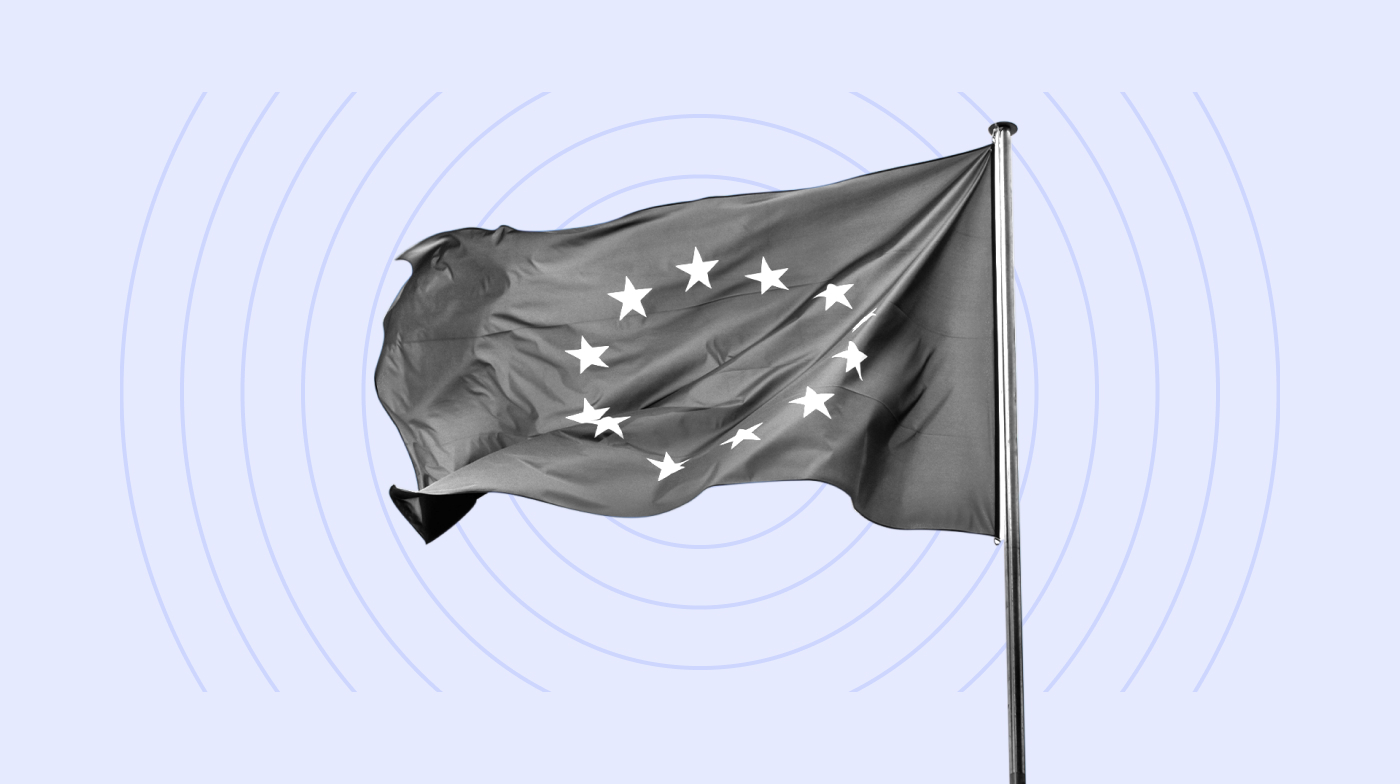Italy was a forerunner in the area of electronic invoicing, being the first country to introduce mandatory B2B electronic invoicing with effect from January 1, 2019.
Italy moved earlier and better than its European Union counterparts, and other governments are quickly realizing the multiple benefits of adopting an eInvoicing system similar to Italy’s.
Moreover, the drop in VAT revenues for governments across Europe, and the necessity of supporting businesses (particularly SMEs) especially in the wake of the pandemic, prompted the EU to execute a legislative intervention aimed at:
- strengthening cooperation between tax authorities, and
- further harmonizing procedural rules throughout the internal market.
Recommendation C1, contained within the European Parliament’s Motion for a Resolution (21 February 2022), poses new challenges for companies’ management of regulatory and tax compliance.
The European Parliament called on the European Commission to:
- Establish a common harmonized standard for electronic invoicing throughout the Union (taking into account the specificities of each country).
- Establish the role of eInvoicing in real-time reporting.
- Consider phasing in mandatory eInvoicing by the end of this year.
- Examine the possibility, also by the end of 2023, of having the system provide taxpayers with a part of the tax compliance, in other words, making the system responsible for the compliance of returns.
Since many European countries have already introduced eInvoicing systems, these have heterogeneous standards that will now need to be reconsidered in light of the upcoming regulatory intervention’s deadlines.
If you aren’t sure how to deal with the growing regulatory complexity of eInvoicing, which is currently being imposed in a country-specific manner by governments around the world, we can help you.
There is no time to lose: act quickly!
It is essential to ensure that your processes are supported by internal systems that are compliant across all territories in which you transact.
You also need a sufficiently flexible solution to keep your SAP and non-SAP systems connected to avoid causing knock-on slowdowns across the enterprise.
In addition, depending on the country in which the transactions are made and its established procedures, it may also be necessary to communicate with both intermediaries and government organizations, making the process even more complex and time-consuming.
The impending EU-imposed deadlines make it necessary to respond rapidly to the new electronic invoicing legislation – at B2G and B2B level.
How does Comply help you to keep up with European eInvoicing regulations?
Comply proactively participates in regulatory panels and organizations and tracks updates and modifications to regulations and country-specific systems.
These amendments are then automatically integrated into Comply’s SaaS (Software as a Service) platform, ensuring you are always painlessly compliant across all jurisdictions.
Furthermore, Comply:
- Leverages a high-performance professional cloud to provide a solution that is inexpensive and remains simple to manage over time – in terms of regulations, hardware, software, and change management;
- Meets all legal requirements for formats, digital signatures, and secure automated communication with the various exchange systems;
- Ensures simplified management of eInvoicing with all your trading partners, for both internal or cross-border transactions in full compliance with international B2B and B2G standards;
- Tracks the progress of eInvoices in real time, in the cloud, in SAP (or other ERP systems), in other accounting systems, and across the disparate government systems; and
- Eliminates internal system friction from varying formats, languages, regulations, and models across regions, making the management of your AP simpler and easier.
Discover all the other benefits of leveraging the Comply platform to fully digitalize the management of your Accounts Payable.



